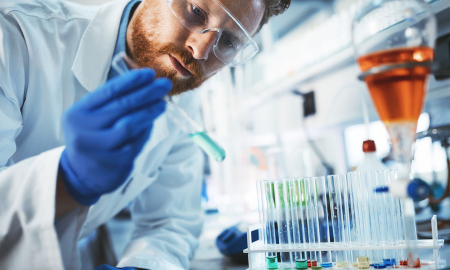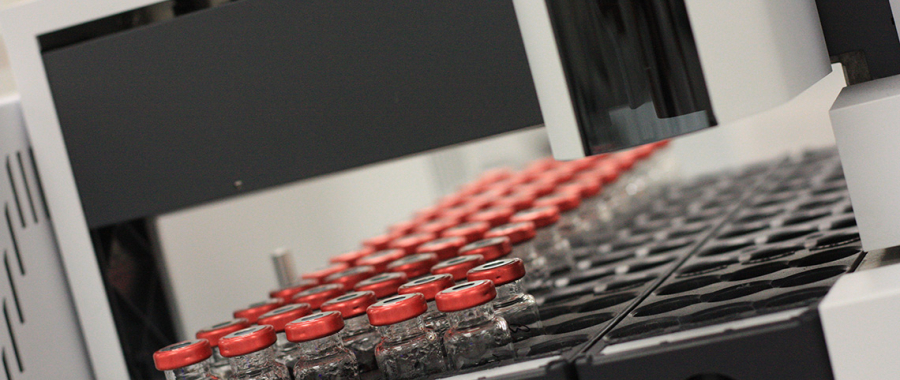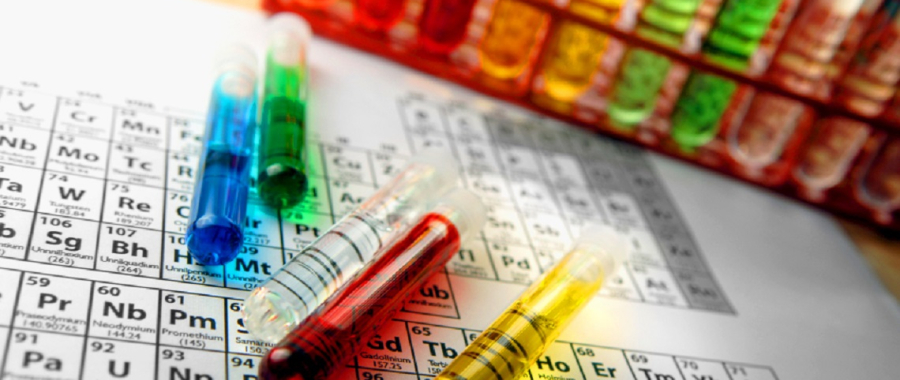What Do 3G Pitches Really Contain?
Did you catch BBC’s The One Show last night? If you tuned in you will have seen Paul Walker, senior development specialist, Energy & Waste Services, SOCOTEC, discussing the health concerns surrounding the popular 3G sports pitches.
Here, Paul explains what he found when he tested the black rubber crumb in our chemical analysis laboratory.
What are 3G pitches?
3G pitches are a synthetic turf made from artificial grass, supported by a base layer of sand and rubber crumb infill. The rubber crumb is spread throughout the blades of grass to provide a natural feel similar to real turf. The all-weather 3G pitches have been used for over 15 years in the UK and are thought to be the playing surface of the future for football.
What are the health concerns?
The rubber crumb infill on 3G pitches is commonly made from recycled car tyres and people are voicing their concerns over the toxins which it contains. The rubber infill is spread loosely over the pitch surface which means that football players often find the black crumb stuck to their boots and legs at the end of a match. Questions have been raised over the potential negative health effects of human exposure to the material resulting in calls for further research to be carried out.
Late last year, following an investigation in the Netherlands which found crumb samples to contain carcinogens known to cause cancer, the Ajax football academy said that their children would no longer be playing on 3G pitches and that the pitches would be destroyed.
What did we find out?
The One Show sent three rubber crumb samples to our chemical analysis laboratory in Bretby for testing, each from a different 3G pitch across the UK.
Each of the samples were tested for organic toxins by extracting the sample with solvent before analysis by Gas Chromatography Mass Spectrometry (GC/MS). Analysis for heavy metals was carried out by Inductively Coupled Plasma – Optical Emission Spectroscopy (ICP-OES) on an acid digest of the rubber. Our results showed trace levels of various toxic metals including Cadmium, Chromium and Lead.
The results revealed that the samples contained a number of Polycyclic Aromatic Hydrocarbons (PAHs) including Benzo(a)pyrene. PAHs are a group of organic compounds which are composed of fused aromatic rings. Several, including Benzo(a)pyrene, have been classified by the International Agency for Research on Cancer (IARC) as being carcinogenic to humans. PAHs are released into the environment through the burning of carbon containing materials such as oil, gas and coal. They enter our food chain through the air, water and soil but, although we are exposed to PAHs every day, the levels are too low to cause us any significant harm.
What do the laboratory results mean for 3G pitches?
Until restrictions were put in place in 2010 by REACH, extender oils, which contain high levels of PAHs, were still used in the manufacture of rubber tyres. This means that the recycled tyres being used to construct 3G pitches could have used, or still be using, pre-2010 tyres containing higher levels of carcinogenic chemicals. This raises a number of questions, are all rubber crumb batches homogenous? Could some pitches contain more toxins than others? And, could there be toxic ‘hotspots’ across a single pitch surface?
Despite the fact that test results have shown that the rubber crumb infill does contain hazardous substances, there has not yet been any definitive research into the level of toxins, if any, absorbed into the body while using the 3G pitches. Although 3G pitches contain known carcinogens, more research is required to determine if there is any negative health effects caused by playing on 3G pitches.
Want to find out more about SOCOTEC's Advanced Chemistry & Research laboratories?
Get in touch with our Advanced Chemistry & Research team to discuss how we can support you.






Add new comment